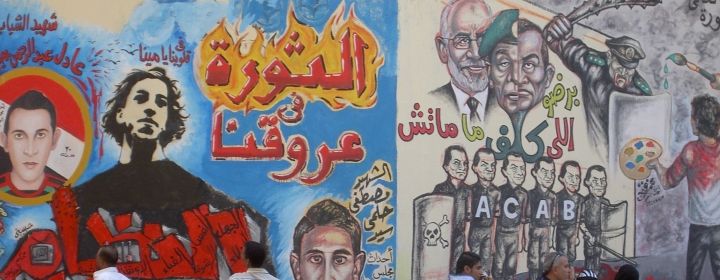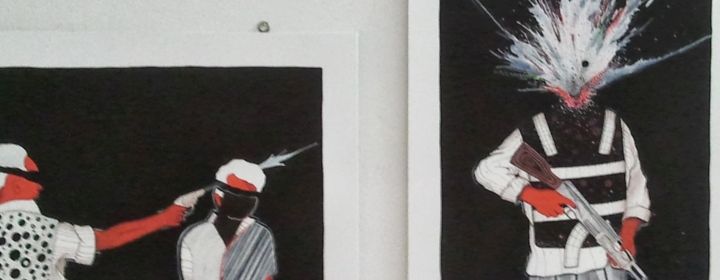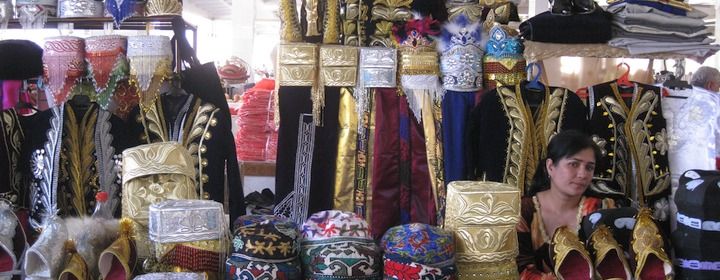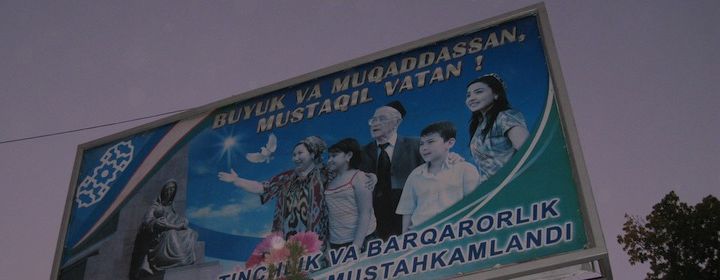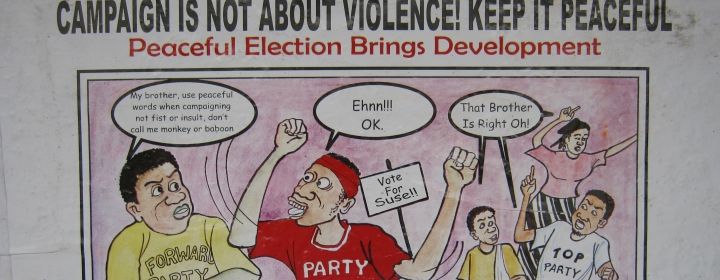Message from the Representative Researcher (Research Group B01)
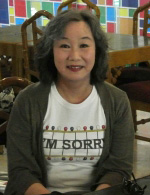 The "Arab Spring" of 2010 to 2011, was an astonishing set of incidents that erupted all at once among the Arab states, where the people, particularly the young, took to the streets in anti-government protests.
The "Arab Spring" of 2010 to 2011, was an astonishing set of incidents that erupted all at once among the Arab states, where the people, particularly the young, took to the streets in anti-government protests.
It was surprising to see authoritarian regimes that had persisted for decades toppled from within, but what left the most vivid impression of all was how the peoples' movements spread with the frequent use of simple slogans, graffiti, symbols, music, and performances.
The logo mark of a raised fist, thought to have been simply lifted from a Tom Robinson Band album jacket, was shared by all of the Arab Spring movements from Tunisia and Egypt to Libya and Bahrain and came to symbolize solidarity. It can also be traced back to the "Otpor!" symbol used by the anti-Milosevic movement in Serbia. Wherever the demonstrators went, they left behind numerous graffiti as an expression of resistance, but among them, a number of artistic masterpieces were created. Resistance movements followed the Arab Spring lead in the streets elsewhere such as the "Occupy" movement in New York and the "Umbrella Revolution" in Hong Kong, and a feeling of certainty spread worldwide that "people have power."
Observing these scenes, quite a few political scientists were probably shaking their heads, wondering where academic inquiries into the political role of symbols were. There had been plenty of analyses of symbols, including those by philosopher Ernst Cassirer in the early 20th century and political psychologists Murray Edelman and David Sears in the 1950s and 60s. After that, though, they faded away entirely as the "rational choice" approach gained prominence. In 1966, Mayer Zald, standard bearer for the resource mobilization theory who was then young, published a critical review of The Symbolic Uses of Politics, a classic work by Murray Edelman, a dozen years older, in Sociological Quarterly. It may really have been generational turnover.
What he had performed was not merely an analysis of symbols. He was repeatedly criticized and called "unscientific" for what was deemed the fatal mistake of bringing up elements such as "emotions" and "states of mind" that could not be verified or explained rationally.
It was after the 9.11 terrorist attacks that a movement to take feelings seriously arose among political scientists as a cause of a spate of conflicts that had erupted as well as the Arab Spring in the early years of the 21st century. It was a lot like the damage from the huge tsunami that swept South and Southeast Asia. The trauma, sense of victimization, and anger felt by people who have experienced the pain of war or catastrophes become a big political motivating force. This was also part of the background conditions that attracted young people to joining Islamic State.
The effort to "bringing emotions back in" led the journal International Theory to go as far as introducing a special issue on "Emotions and World Politics" in 2014, and it has become an important theme in international society. Even in conflict research, there is an increasing number of studies that deal with "the politics of anger" or the "politics of trauma" head on.
Research Group B01 will emphasize how these "emotions" can be treated in social science. Feelings such as identity, dignity, and historical awareness will be analyzed from various angles such as what kind of "vessels"-embodiment, language, imagery, or social media-can convey them, and what kinds of changes differences in content and mode of conveyance can bring about in their involvement in politics, economics, and society.
Keiko Sakai, Representative, Research Group B01

